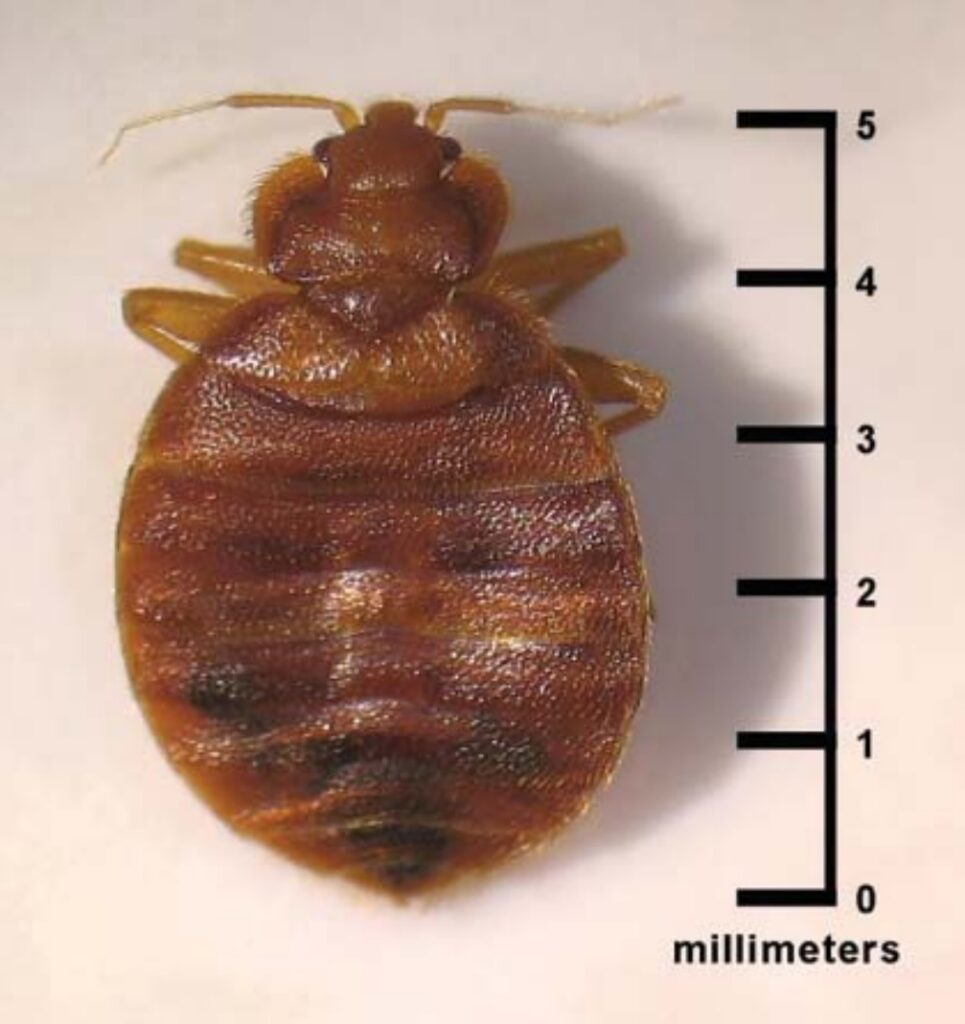As a homeowner, one of my worst nightmares is finding out I have a bed bug infestation. So, when I noticed a few of these creepy crawlers in my home, I immediately started researching “what do dead bed bugs look like?” In this article, I’ll provide a helpful guide to help you identify dead bed bugs.
What are Bed Bugs?
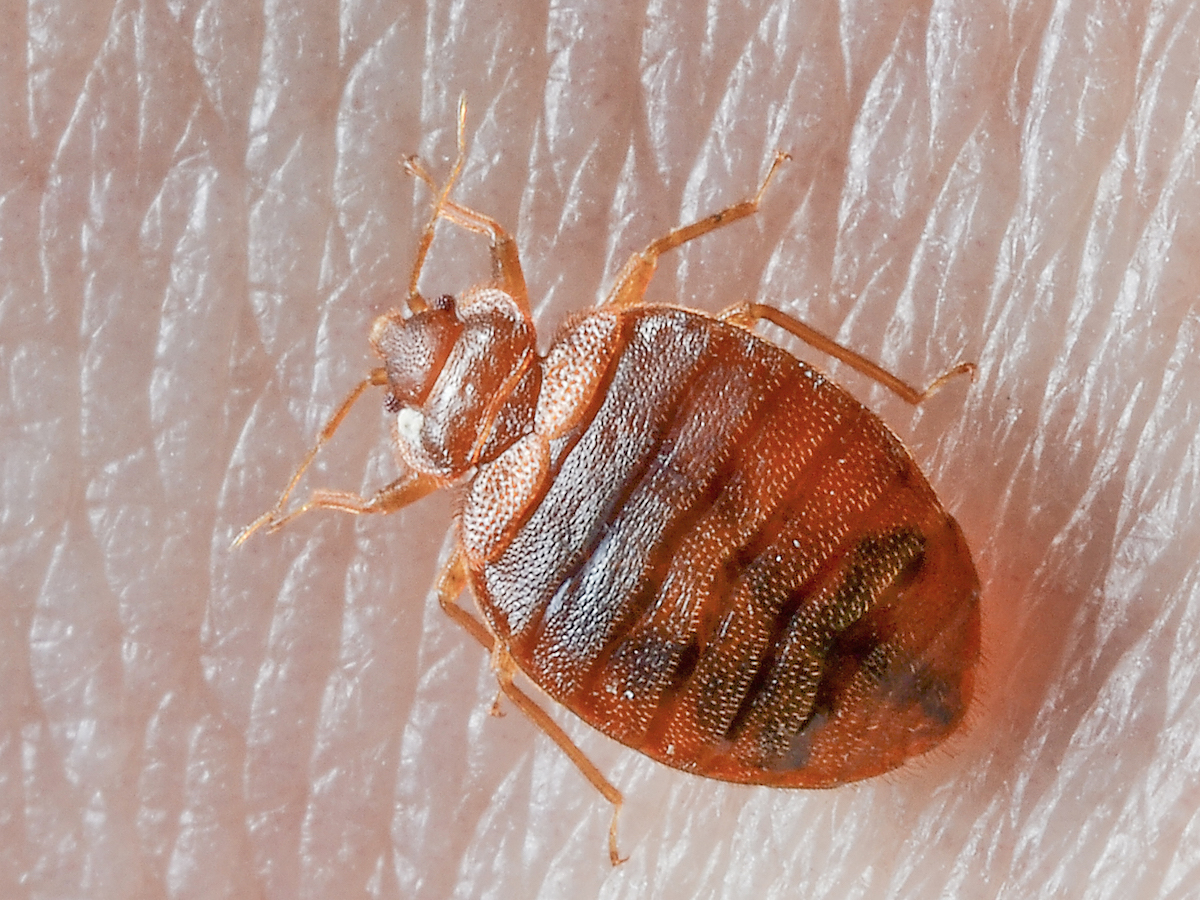
Bed bugs are small, oval-shaped, wingless insects that feed on blood from humans and animals. They are reddish-brown in color and about the size of an apple seed. Bed bugs are often found in bedding, furniture and fabrics, where they hide during the day and come out at night to feed. Bed bugs can live for several months without a blood meal, which makes them difficult to eradicate. The best way to prevent a bed bug infestation is to identify and treat infested areas quickly.
Types of Bed Bugs
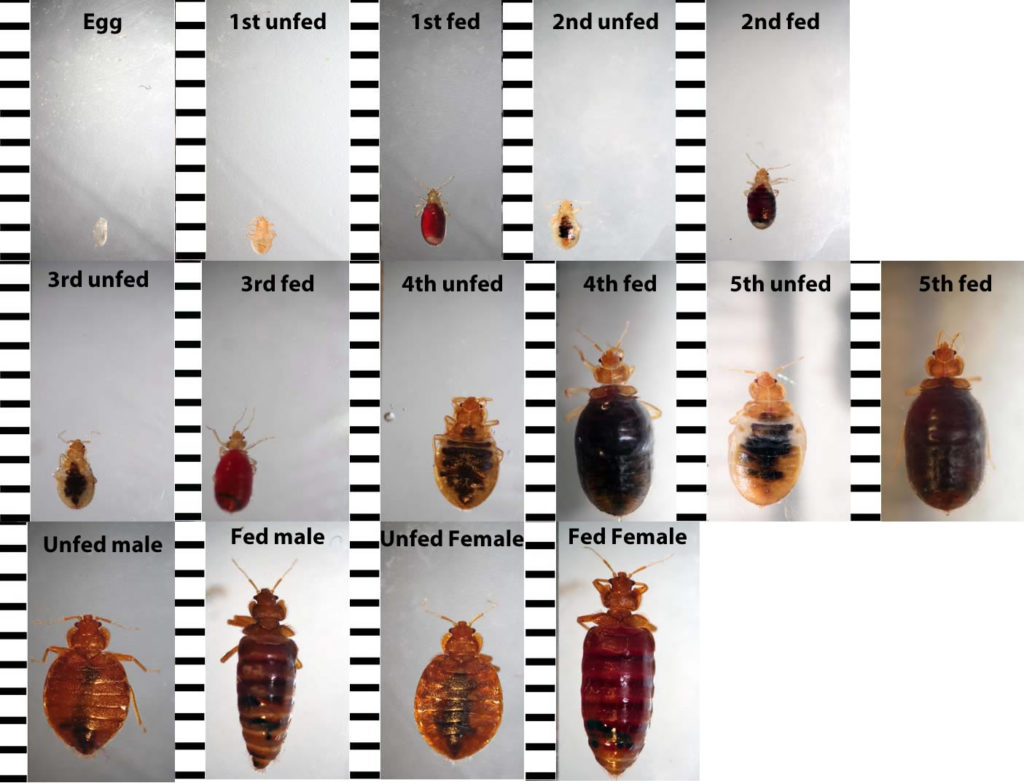
Bed bugs come in two types: the common bed bug, Cimex lectularius, and the tropical bed bug, Cimex hemipterus. Common bed bugs are found in temperate climates worldwide, while tropical bed bugs favor the tropics and subtropics. Both types of bed bugs feed exclusively on the blood of humans and other warm-blooded animals. Adult bed bugs are oval-shaped, reddish-brown insects that are approximately 4 to 5 millimeters long. Nymphs, or immature bed bugs, are smaller and lighter in color. Bed bug eggs are small and white, measuring just 1 millimeter in length.
Lifecycle of Bed Bugs
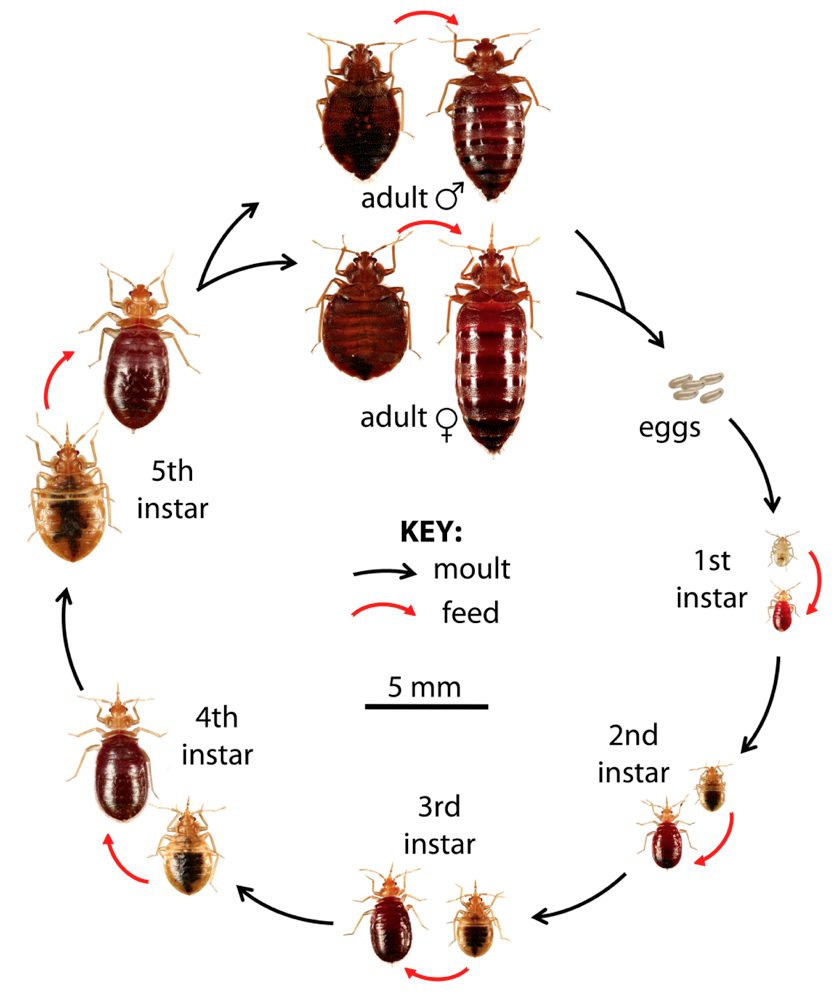
Bed bugs go through five distinct stages during their life cycle: egg, nymph, and adult. Females can lay up to five eggs every day and up to 500 eggs in their lifetime. Eggs are white and approximately 1mm in length, and are laid in dark crevices, cracks, and creases in furniture, bedding, and walls. In optimal conditions, eggs hatch into nymphs in 6-10 days. Nymphs look similar to adults but are smaller. As they feed, they shed their exoskeletons and grow. Nymphs need to feed on blood at least five times before they reach adulthood. As adults, bed bugs are 4-5mm in length, reddish-brown in color, and oval in shape. Adult bed bugs can survive for up to 18 months without feeding.
When bed bugs die, their bodies become a dull grayish-yellow color. They may appear to be dry and shriveled. Dead bed bugs may also have a strong musty odor, particularly if there is a large number of them.
Signs of Bed Bugs
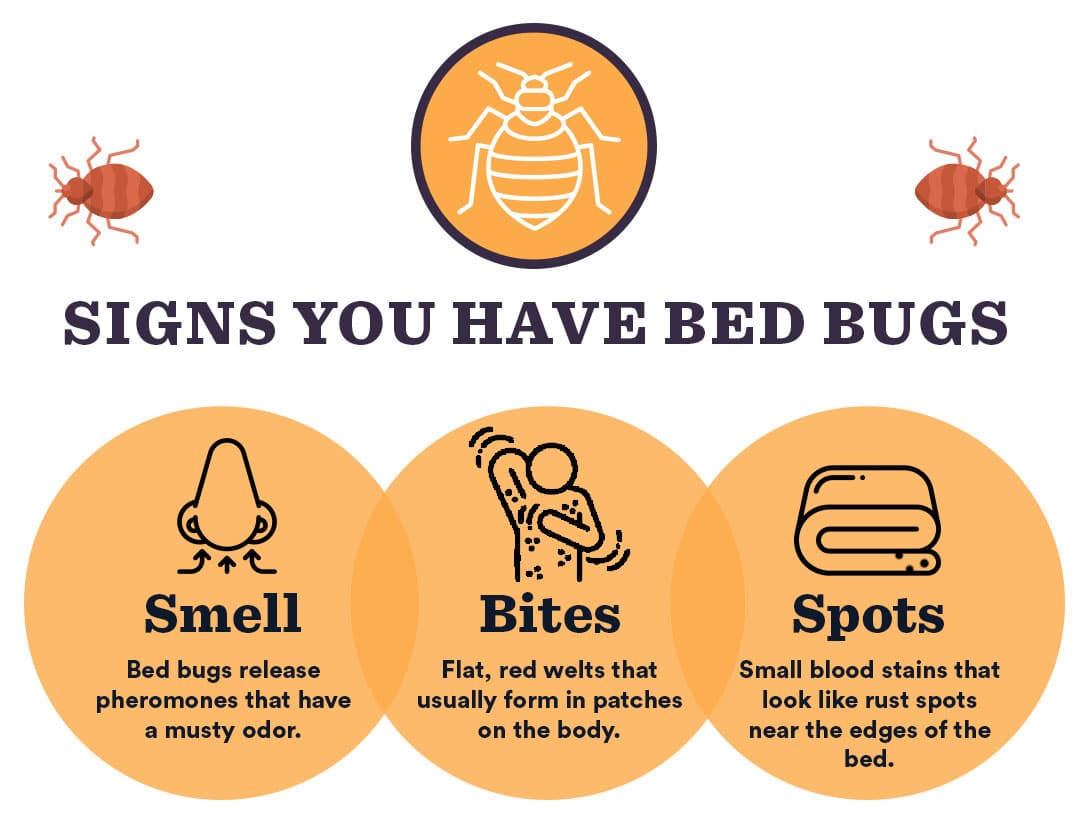
I noticed small, reddish-brown bugs on my bed. These were bed bug droppings and were a sure sign that I had an infestation. I also found tiny, black spots on my sheets and mattress. These were bed bug excrement and were a clear indicator of bed bugs. Other signs to look out for include blood stains on the sheets, white or clear eggshells, and shed skin. Bed bugs also have a distinct smell that can be detected in infested areas.
Detection of bed bugs
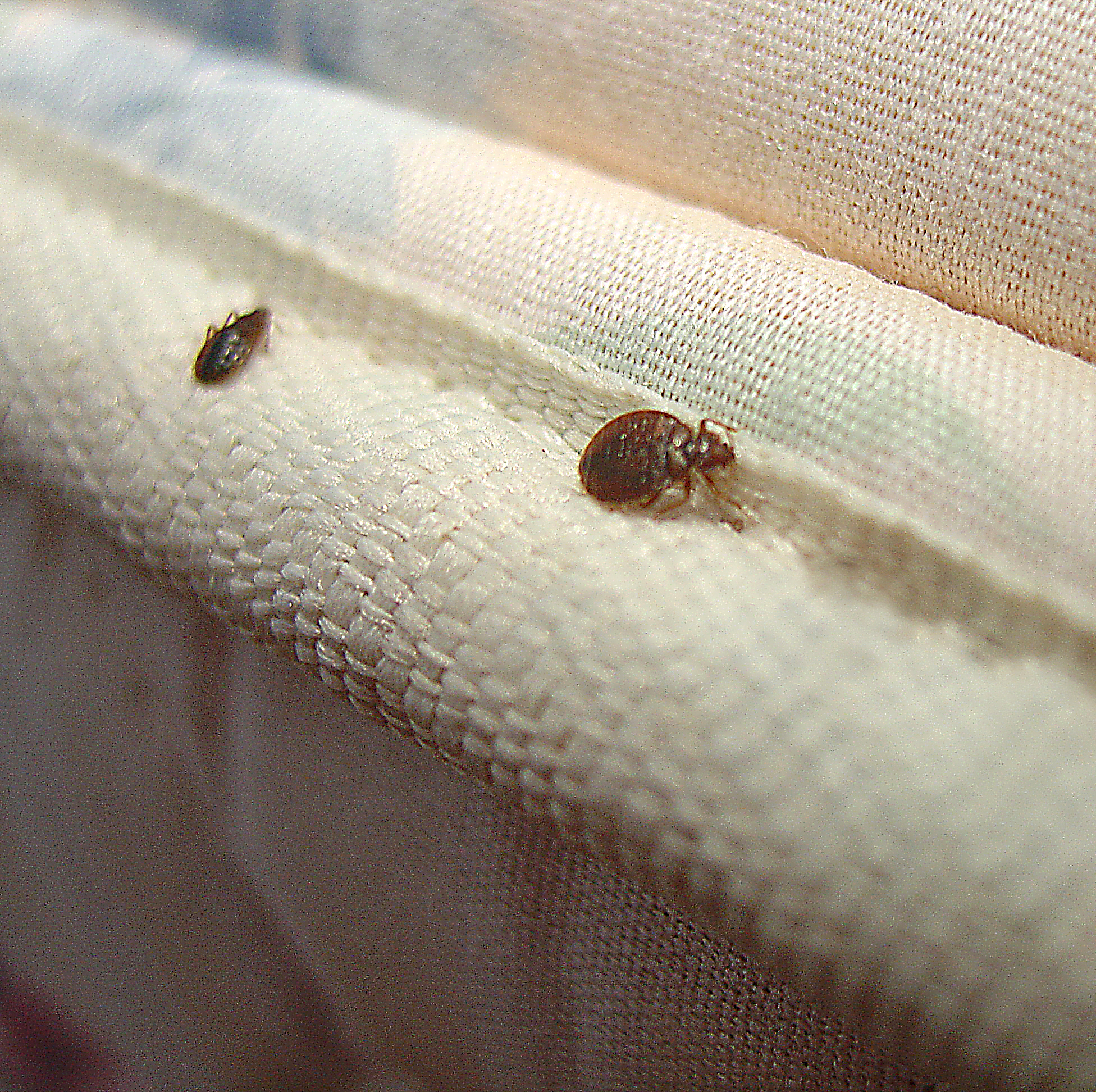
Bed bugs are small, oval-shaped, wingless insects that feed on the blood of humans and other warm-blooded animals. They are typically found in beds, mattresses, and furniture, and can be difficult to detect. To identify a possible infestation, it is important to look for signs of bed bugs and their eggs.
| Signs of bed bugs | Where to look |
|---|---|
| Adult bed bugs | In the seams of mattresses, box springs, and bed frames; behind headboards, pictures, and wall decorations; between sofa cushions; in cracks and crevices of furniture. |
| Eggs | In the seams of mattresses, box springs, and bed frames; behind headboards, pictures, and wall decorations; between sofa cushions; in cracks and crevices of furniture. |
| Fecal spots | Dark spots on mattresses, box springs, bed frames, and other furniture; on walls, behind baseboards, and in cracks and crevices. |
| Shed skins | In the seams of mattresses, box springs, and bed frames; behind headboards, pictures, and wall decorations; between sofa cushions; in cracks and crevices of furniture. |
| Odor | A musty, sweet odor in areas where bed bugs may be present. |
If bed bugs are suspected, it is important to contact a pest control professional for inspection and treatment.
What do dead bed bugs look like?
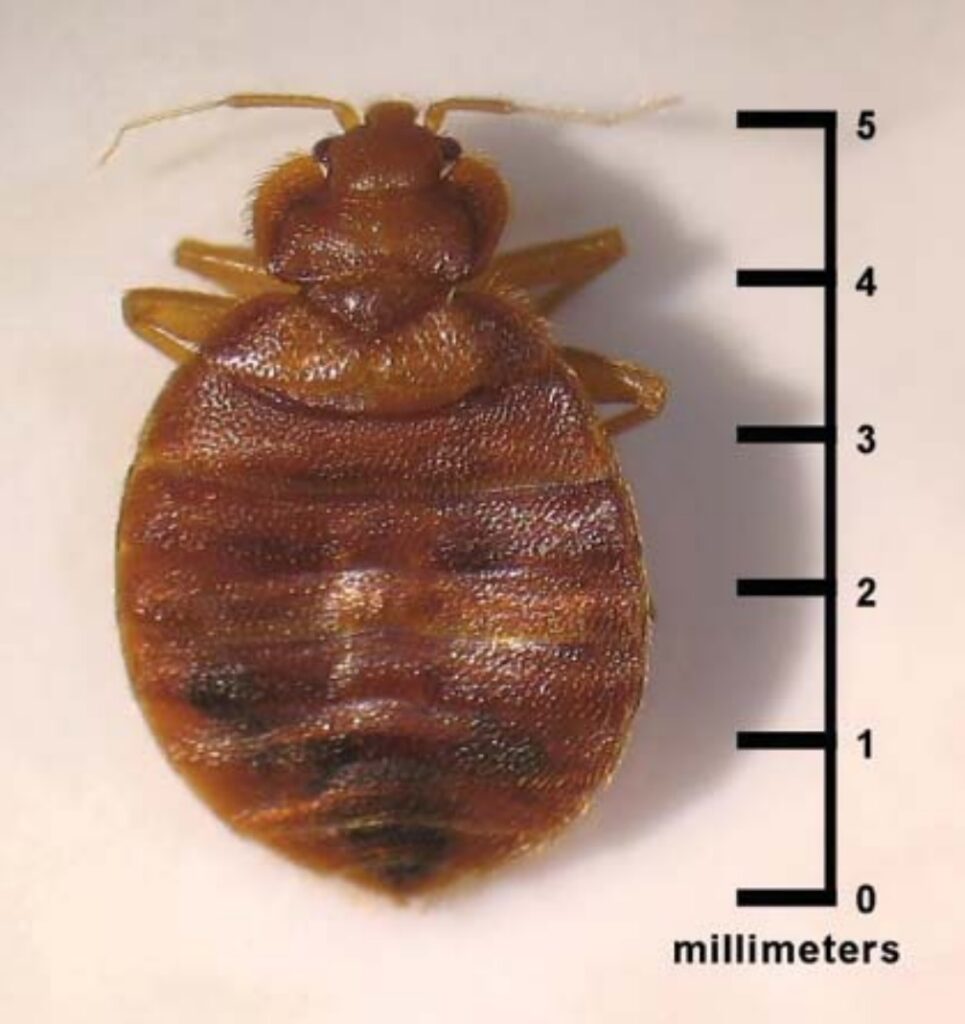
Dead bed bugs can be identified by their flattened, oval-shaped bodies that range from a brownish red to a deep mahogany color. After death, their bodies will become even more flat and may even take on a wrinkled appearance. They are usually 5 to 7 mm in length, with six legs and two antennae. Depending on the stage of their life cycle, bed bugs can appear lighter or darker in color.
When dead, bed bugs are typically dried out and shriveled. They may also appear darker in color, due to their bodies having been depleted of bodily fluids. There may also be a darker stain on the surface where they were squashed or killed.
Bed bugs may also leave behind small, dark spots on mattresses and other surfaces. These spots are the result of bed bug excrement and are often referred to as “fecal stains”. These stains can be used to confirm the presence of bed bugs.
Bed bugs are also known to leave behind a musty, sweet odor, which can be used to detect their presence. If you suspect that you have a bed bug infestation, it is important to contact a professional pest control service as soon as possible.
Causes of Dead Bed Bugs
Bed bugs can die for a number of reasons. A few of the primary causes are:
| Cause | Description |
|---|---|
| Heat Exposure | Bed bugs are especially sensitive to high temperatures. Exposure to temperatures above 110°F (43°C) can be fatal. |
| Fumigation | Fumigation with insecticides can be an effective way to eliminate a bed bug infestation. Depending on the type of insecticide used, bed bugs can die within minutes or hours. |
| Starvation | Starvation is a common cause of death for bed bugs that are unable to find a blood meal. Adult bed bugs can live up to one year without feeding, but will eventually die from starvation. |
| Old Age | Bed bugs typically live between four and six months, depending on environmental conditions. After reaching the end of their natural lifespans, bed bugs will die of old age. |
Prevention of Bed Bug Infestations
- Inspect your home for bed bugs regularly.
- Keep your bed clean and free of clutter.
- Check for signs of bed bugs in your furniture, mattress, and bedding.
- Vacuum and steam your bedding to remove bed bugs and eggs.
- Clean and sanitize any second-hand furniture before bringing it into your home.
- Check for bed bugs in hotel rooms while traveling.
- Wash your clothes immediately after returning from a trip.
- Store your clothing and luggage away from your bed.
- Use encasements on your mattress and box spring to prevent bed bugs from entering.
- Seal any cracks or crevices in your walls or floors.
- Use a bed bug interceptor to detect bed bugs and monitor their activity.
- Hire a professional exterminator to treat your home if a bed bug infestation is suspected.
Frequently Asked Questions
What does a dead bed bug look like?
Dead bed bugs are generally flat, oval-shaped, and brown in color. They will become more shriveled and darker in color as they age, and their legs and antennae will become more brittle. They may also be covered in blood or fecal spots depending on when they died and where they were feeding.
What does it mean if I find a dead bed bug?
If you find a dead bed bug, it could mean that there is an infestation in your home. Bed bugs typically remain hidden during the day and are most active at night. Finding a dead bed bug may signify that there are other bed bugs in the area that you haven’t noticed yet. It is important to inspect your home and furniture carefully for any other signs of bed bug activity, such as shed skins, eggs, and live bugs.
How can I tell if a bed bug is dead?
Bed bugs can appear similar to dead ones, but the only sure way to tell is to look for signs of life. If a bed bug is not moving, has no reaction to touch, and has a stiffer body, these are signs that it is dead. Another way to tell is to check for its shed skin, which is a sign that the bed bug is no longer alive.
Are there any differences between a dead bed bug and a live one?
Dead bed bugs are generally darker in color and appear to be flattened and dry. Live bed bugs are lighter in color and appear more rounded. Live bed bugs will also be more active and move quickly when disturbed. Dead bed bugs will remain still and will not move when disturbed. Additionally, dead bed bugs will not have any of the odors associated with live bed bugs.
What should I do if I find a dead bed bug in my home?
If you find a dead bed bug in your home, it is important to take action to prevent a bed bug infestation. Vacuum any areas where you have seen bed bugs or their droppings, and dispose of the vacuum bag after use. Clean bedding and other fabrics with hot water and detergent, and contact a pest control professional to inspect and treat your home.
Conclusion
Having a thorough understanding of what dead bed bugs look like can help you quickly assess your home for infestations. Knowing the size, shape, and color of dead bed bugs can help you to determine if you have a problem and what steps you should take to get rid of them. If you think you have a bed bug infestation, contact a pest control professional to conduct an inspection and help you get rid of the problem.
